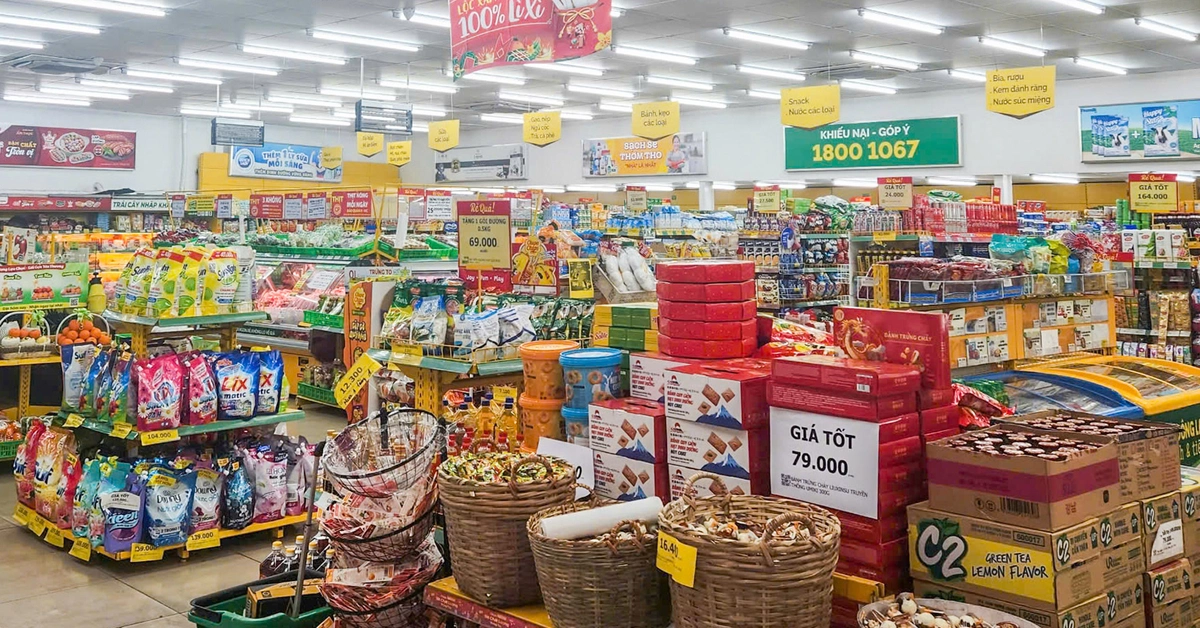| Is the target of 17.5 billion USD in wood and forest product exports by 2024 feasible? Vietnam increases exports of certified wood and wood products |
The Import-Export Department (Ministry of Industry and Trade) cited statistics from the General Department of Customs, saying that the export value of wood and wood products to the Canadian market in December 2023 reached 22.2 million USD, an increase of 38.8% compared to December 2022.
 |
| Timber exports to the Canadian market still face many difficulties |
In 2023, the total export value of wood and wood products to the Canadian market will reach 205.5 million USD, down 13.1% compared to 2022.
Wooden furniture is the main export item in the structure of wood and wood products exported to the Canadian market. In the first 11 months of 2023, the export value of this item to the Canadian market reached 158.5 million USD, down 20.8% compared to the same period in 2022, accounting for 86.4% of the total export value.
In addition to wooden furniture, there are a number of other wood and wood products exported in the 11 months of 2023 such as: Wood, boards and flooring reached 13.9 million USD, up 10.6%; Wooden doors reached 4.2 million USD, up 182.8%; Fine art wooden products reached 289 thousand USD, down 56.4%...
Although exports of wood and wood products to the Canadian market have grown continuously in the last months of the year, they still cannot compensate for the decrease from the beginning of the year, so in 2023 the export value of wood and wood products to this market will still decrease significantly.
The decrease in exports of wood and wood products to the Canadian market is due to the impact of high inflation, leading to consumers limiting spending, especially on non-essential items such as wood and wood products.
Although inflation has declined in recent months, high interest rates continue to weigh on the economy, limiting spending, growth and employment, which has led to sluggish demand for Canadian imports.
Along with that, wooden furniture is the main item in the structure of wooden products and wooden products exported to the Canadian market have not yet created their own brand to improve competitiveness.
Domestic transportation and logistics, and labor shortages make Vietnam's export prices less competitive than those of South American countries. Canada's low exchange rate policy to promote exports is also a disadvantage for Vietnam's exports because Vietnam's prices will become more expensive.
With the CPTPP Agreement, sustainable development standards such as environmental protection and emission reduction are also obstacles for Vietnamese enterprises, especially small and medium enterprises.
Accordingly, the prospect of exporting wood and wood products to the Canadian market in the coming time still faces many difficulties.
Source link



![[Photo] Closing of the 11th Conference of the 13th Central Committee of the Communist Party of Vietnam](https://vstatic.vietnam.vn/vietnam/resource/IMAGE/2025/4/12/114b57fe6e9b4814a5ddfacf6dfe5b7f)



























![[Photo] Overcoming all difficulties, speeding up construction progress of Hoa Binh Hydropower Plant Expansion Project](https://vstatic.vietnam.vn/vietnam/resource/IMAGE/2025/4/12/bff04b551e98484c84d74c8faa3526e0)
































































Comment (0)